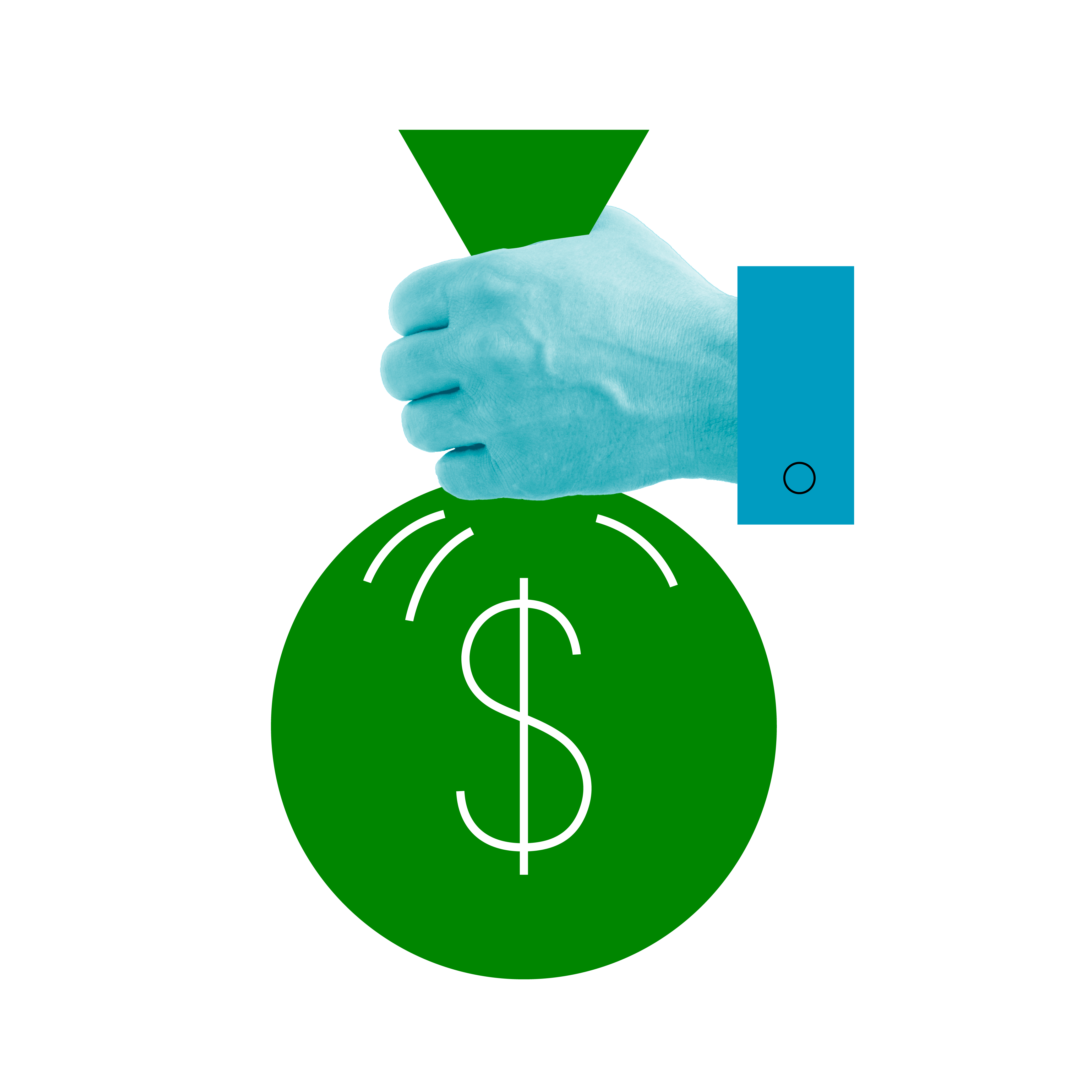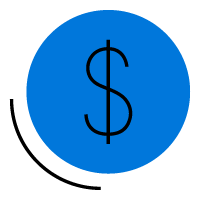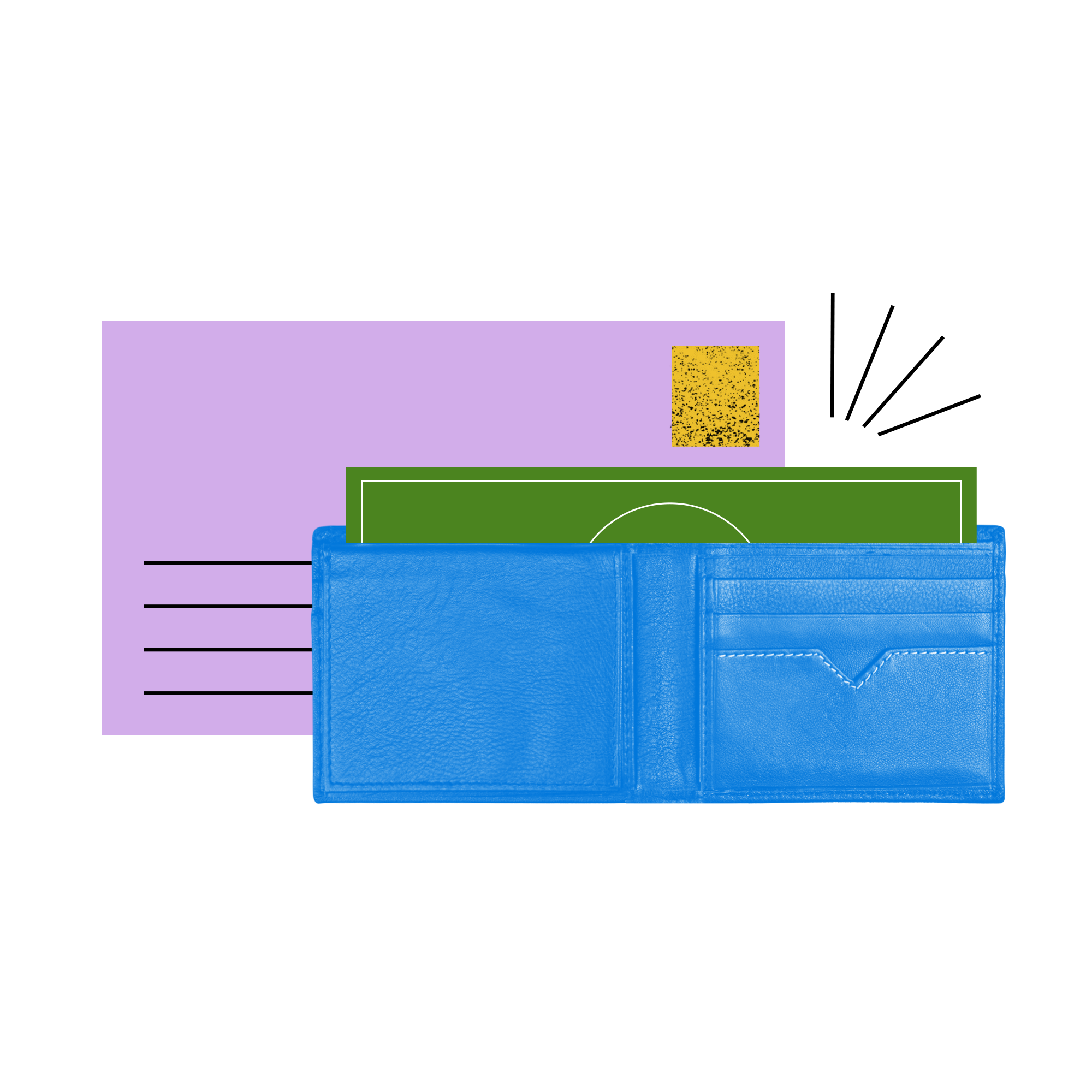A budget can help make sure you’re spending your money on the things that are most important to you. This guide will walk you through building a budget and sticking to it.
A budget creates a road map that can help you fulfill your goals, spend within your means, navigate new financial situations, and help you keep closer track of money coming in and going out.
If you haven’t created a personal or household budget, are looking to create a budget because of new financial circumstances, or you simply want to brush up on your money management skills, this guide can serve as a resource to help you spend and save wisely.
Just as you’d make sure to embark on a road trip with some sort of map, you should set out on the adventure of life knowing what financial direction you’re heading in. In order to create your financial road map — whether it’s for just you or your family of six — you’ve got to determine where you’re going.
This step involves asking yourself some questions that may vary depending on your stage in life.
- Do I want to buy a house?
- Do I want to have (more) kids?
- When do I want to pay off my student loans?
- When do I hope to wipe out my credit card debt?
- Do I want to buy a new car?
- Are there some trips on my bucket list that I want to take in the next 10 years?
- When do I want to retire?
Whatever the case, it’s important to prioritize your money goals so that you can make sure your budget reflects your day-to-day living expenses and helps set you up to achieve your goals for the future.
QUICK GUIDE
Where can I get help with budgeting?
No one says you’ve got to make sense of your financial puzzle all on your own.
One option is to ask for help from a reliable relative, friend, neighbor or colleague. You can also seek advice from a professional like a credit counselor or certified financial planner.
“Having a trusted financial mentor can be helpful when navigating a steady and exciting financial future,” says Krista Neeley, a managing vice president at Appreciation Financial, an insurance and financial services company.
So where can you find a financial professional you can trust?
To find a certified financial planner in your area, you can visit the Certified Financial Planner Board of Standards. Keep in mind that financial planners do charge for their services, whether it’s through a commission or a fee (or a combination of the two). Your financial planner should tell you how they prefer to be paid in the first session. Although both fee- and commission-based financial planners exist, fee-only financial planners are generally recommended over commission-based planners because the planner has no incentive to sell you products you potentially don’t need in order to generate a higher commission.
If you’re looking for a nonprofit credit counselor, check out the website of the National Foundation for Credit Counseling. In many cases, a credit counselor can help you develop a household budget at no cost.
Keep in mind that your goals will probably change over time, so you should examine them periodically to make sure you keep them in line with your current expenses and circumstances.
It’s almost impossible to set a realistic budget if you have no idea how much money you’re making and spending each month. This means you’ll likely need to take a hard look at your financial situation. Start by sifting through your bank and credit card statements — either online or on paper — and follow these steps to help you pinpoint your monthly income and expenses.
1. Determine your post-tax income
Make a note of your post-tax income, which is how much is deposited in your account once taxes and other withdrawals, like health insurance, are taken out of each paycheck. If you have multiple sources of income, make sure you’re taking your total income into account during this step.
2. Track your expenses for a month
Track each dollar you spend for a month to get a clear sense of your spending habits. Remember to include variable expenses (like entertainment) as well as fixed ones (such as rent or mortgage payments). Compile these numbers in a notebook, spreadsheet, budgeting app or some other place where you can track each dollar and get an overall look at your financial picture. How you track your expenses matters less than just getting started — choose whatever method feels most comfortable to you.
If you’ve already got your post-tax income and expenses collected somewhere, such as your online banking account, you can simply grab those figures and put them in a spreadsheet or whatever tracking format works for you.
QUICK GUIDE
What tools can I use to set up a budget?
There are plenty of tools available to you for creating and maintaining a budget, from the paper-and-pencil method to a spreadsheet in Excel or Google Sheets.
Other tools and apps you could use:
Quicken: Basic budgeting software that starts at $34.99 a year
You Need a Budget: Budgeting software that costs $83.99 a year
Of course if you’d rather rely on paper and pencil, that’s fine, too. The important thing is to consistently monitor your budget.
“By simply tracking where money is going today, you’ll likely get motivated to focus on where you want your money to actually go,” says certified financial planner Catalina Franco-Cicero, a financial adviser at Tobias Financial Advisors in Plantation, Florida. “It’s a simple exercise that can make impulse buys hard to justify.”
3. Group into silos
Once you’ve assembled a month’s worth of income and expenses, you should have a much clearer view of where your money is going each month.
Using your month of tracked income and expenses, you can group your expenses into silos.
- Monthly expenses (rent, groceries, utility costs)
- Periodic expenses (home or auto repairs)
- “Fun” expenses (cooking a big dinner or spending a night with friends)
Grouping your expenses like this can help you understand where your money is going each month.
When you’re putting together your budget, try to not to feel intimidated. To figure out how much you should be spending and saving, there are a few rules of thumb.
One common suggestion is the 50-30-20 rule: 50% of your expenses should go to needs, 30% to wants, and 20% to savings and paying down debt. But these recommendations for how to allocate your money can vary widely, and they may not match your particular circumstances.
For example, you may need to budget more than 20% for the last bucket if you’re tackling a lot of debt and want to start building up your emergency fund at the same time. Or maybe you’ve got a vacation coming up — you may find it worthwhile to create a separate vacation savings bucket to help you save up.
When you’re setting your own budget, these buckets can be anything you want them to be, as long as they fit your goals. Don’t overlook the fact that your budget should reflect your shorter-term goals, like paying rent, as well as your longer-term goals, like buying a car.
More budgeting basics
Also, it’s important to be realistic. If you’re swimming in debt or struggling to pay rent, you may need to take care of these immediate needs before setting aside money to meet longer-term goals.
Keep in mind that your budget is more than a journal. Mindlessly keeping track of dollars coming in and going out likely won’t do the trick. Try to spend a little time every month thinking about whether your expenses need to be adjusted so that they’re better aligned with your income and your financial goals.
How do I reduce my credit card debt?
To help tackle credit card debt, make a list as part of your budgeting process. The list — whether it’s on paper, in a spreadsheet or online — should include the amount you owe on each card and the annual percentage rate for each account, along with the minimum amount you’re supposed to pay each month.
Once you have that info, you can take on your credit card debt in different ways.
- The avalanche method: Focus on paying down the debt on the card with the highest APR. Be sure to make the minimum monthly payment on every card, but pay as much as you can on the card with the highest APR. Once you’ve wiped out the debt on that card, do the same with the card that has the second- highest APR. Keep up that pace until all your credit cards are paid off.
- The snowball method: Concentrate on the card with the lowest balance, regardless of the APR. Make at least the minimum monthly payment on each card, but pay even more on the card with the lowest balance. Once you’ve paid off the lowest-balance card, then you’ll have more money to put toward your other credit card bills. Repeat those steps until you’ve eliminated your credit card debt.
But neither of those strategies can work if you keep making purchases on your credit cards. Try to avoid running up your credit card bills any further while you’re working on whittling down your debt.
Many of us run into trouble remaining on a diet plan. The same can happen with a spending plan.
You might feel an enormous sense of accomplishment after you’ve set up a plan and stuck to it for a number of months. But it can be easy to fall back into bad financial habits.
Remember that your budget is designed to steer you toward covering your day-to-day expenses and achieving your financial goals.
To stay on course, Robin Burk, author of “Check Your Connections: How to Thrive in an Uncertain World,” recommends rewarding yourself when you meet budgetary milestones, such as setting aside 10% of your income in a savings account.
“Feel good about the progress you’re making,” Burk says. “Once in a while, allow yourself a small treat — one tablespoon of that incredible gelato, one forkful of a really good chocolate cake — and then go back to the budget. When you’ve built the budget habit, small treats [should] satisfy more than binge eating.”
Another way to try to stay on track is to automate your finances. You can set up automatic transfers from your checking account to your savings or investment accounts to help you reach short-term or long-term spending goals. Or you can make sure you don’t miss a bill payment by turning on any autopay functions available through bank accounts, credit card accounts or creditors such as utility companies.
A budget does you little good if you don’t review and tweak it on a regular basis. You’ll typically need to make adjustments as time goes by.
When you look over your budget, ask yourself some basic questions.
- What changes have there been in my income?
- Which expenses are going up and down?
- Am I putting enough money into my emergency fund? (Financial experts recommend having enough cash to cover three to six months of living expenses.)
- Where do I need to cut costs?
More about emergency funds
- Emergency fund basics
- Why should I have an emergency fund?
- How much should I have in my emergency fund?
- Where should I keep my emergency fund?
Don’t feel obligated to build the “perfect” budget from the get-go, says Sean Potter, founder of personal finance website MyMoneyWizard.com. In other words, realize that you’re bound to make mistakes as you go along.
“These days, I’d tell my 21-year-old self not to stress so much, and instead just start watching my money and making any necessary changes as I go,” Potter says. “Over time, the perfect budget [should] become obvious.”
Preparing and using a good budget can improve your financial health. The prescription for healthier finances involves establishing your goals and figuring out your financial situation, and then creating, sticking to and reviewing your spending plan.
Krista Neeley, a managing vice president at Appreciation Financial, an insurance and financial services company, says that our financial health is just as important as our physical, mental and emotional health.
“Taking time to better understand and empower yourself financially can be the backbone to creating the freedom, flexibility and peace of mind you desire for your future,” Neeley says. “Having a strong, stable foundation for your finances is a great way to create a bright future in all other areas of your life.”
Plan your spending with our budget calculator
You can use our budget calculator to get a clearer picture of how much money you’re spending, what you’re spending it on and where you could improve.










